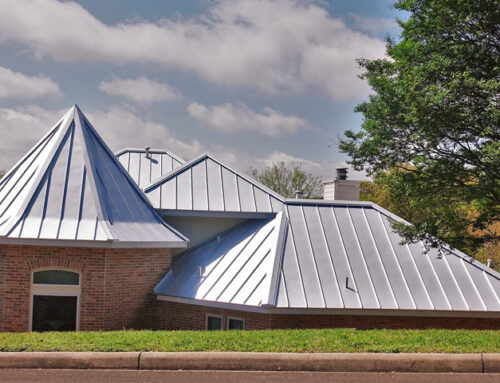Over the years, it is becoming more difficult to tell the difference between 20 and 30-year shingles just by feeling the weight. Many roofing companies sold shingles by pounds-per-square inch, which made it easy to determine the age. All you had to do was weigh the product; the heavier the product, the more protection from the elements it offered. However, there are better ways to judge the quality of shingles.
Campbell Roofing has extensive industry experience and knowledge to help you make an informed decision without weighing. Manufacturers use varying materials, which may be heavier or lighter, rendering the weighing technique ineffective in determining age or quality. Fiberglass is a commonly used material that is light and durable. Some materials may be heavier but more flimsy, offering less protection from harsh weather. Most people usually opt for the 20-year shingles over the 30-year or architectural shingles.
Why Choose 20-Year Shingles?
If you want to move but need to repair or replace a roof, the 20-year shingle may be ideal. Although low quality, 20-year shingles are cost-effective and don’t affect the property’s aesthetics when installed properly. In addition, a home buyer will be more inclined to purchase a home with a roof rather than worry about the type of shingles used. 20-year shingles are also an excellent option for people on a budget.
Also called 3-tab shingles, 20-year shingles are not recommended often. This means they are used less frequently and only manufactured on special order. Many suppliers in the roofing industry don’t carry them because of the low sales, and the roofing systems only have a 70-mph wind coverage. On the other hand, architectural style or 30-year shingles have a 130-mph wind coverage. When you opt for 20-year shingles, we recommend six nails per shingle to enhance security against damage by strong winds. Here are some of the differences between 20 and 30-year shingles.
Cost
Architectural or 30-year shingles are more popular because of their cost. Although the cost difference is smaller, it depends on the size of your roof because shingles are priced per square foot. The larger your building’s roof, the larger the difference between 30-year and 3-tab or 20-year shingles will be. This means you don’t have to compromise quality for prices, as 30-year shingles cost an average of ten cents more than 20-year shingles.
Aesthetic Appearance
The 20-year shingles look flat because of the design and how they lay. If you want more dimension on your roofing, we recommend the 30-year shingles. Architectural systems have more depth because of the shadow line, which makes them look better without compromising quality.
Besides the cost-effective aspect, 20-year shingles are less popular, and you have limited color options, which can affect the overall aesthetics of your premises. Before hiring a roofing company to install 20 or 30-year shingles, consult a professional to ensure you make the right choice. Contact us at Campbell Roofing to enjoy top-notch services at friendly rates.







